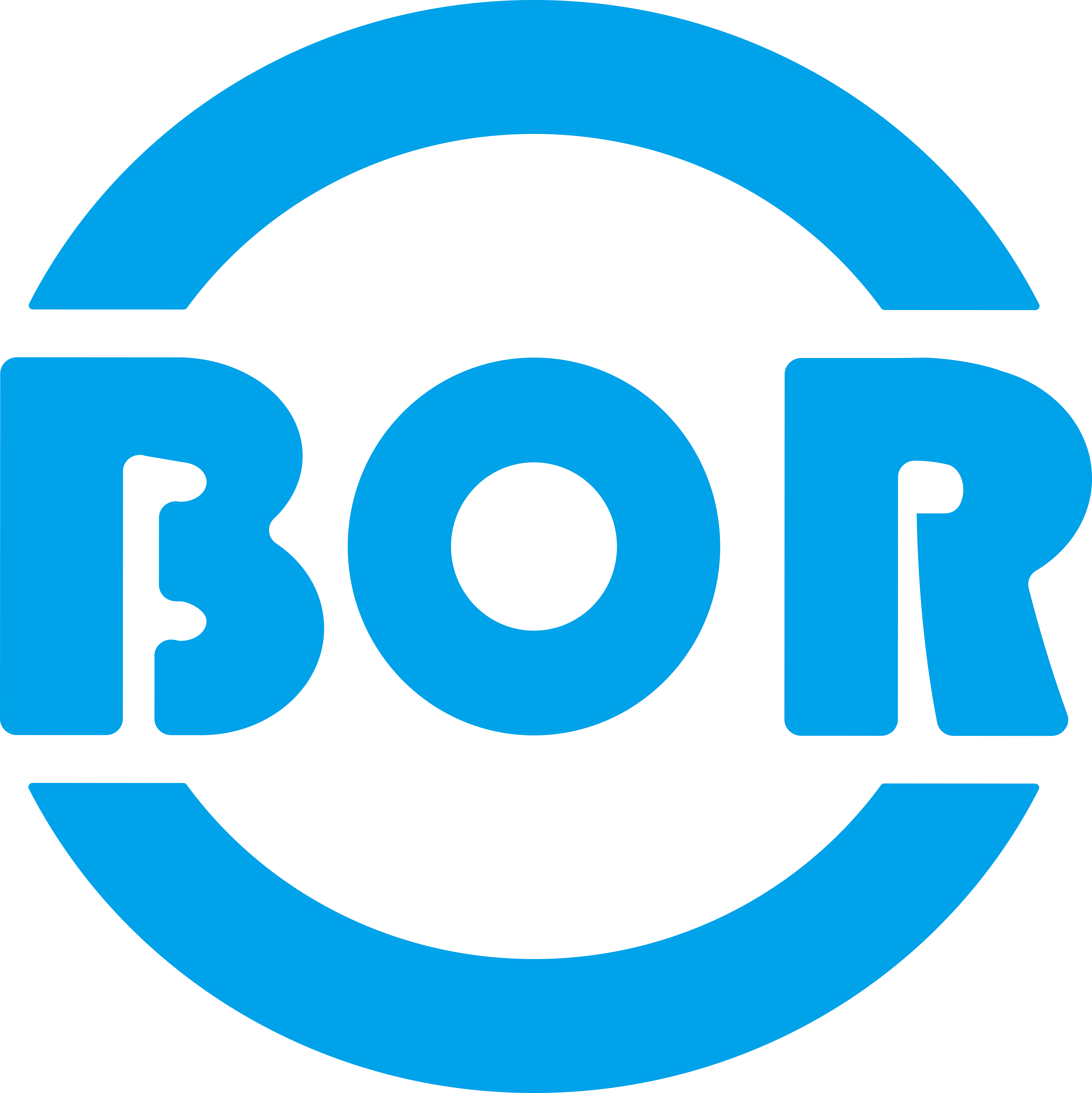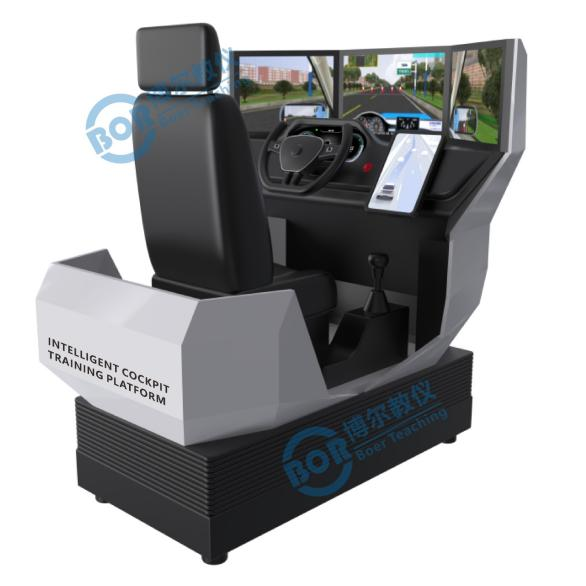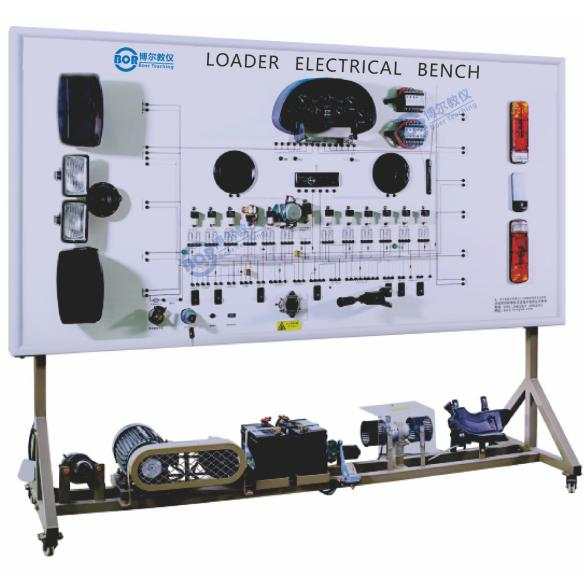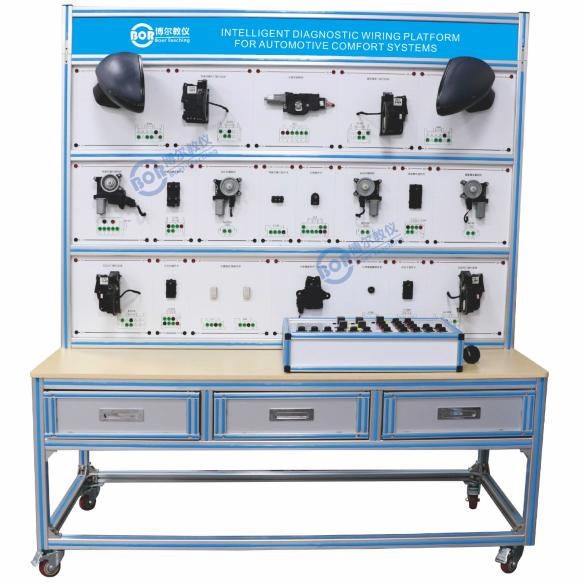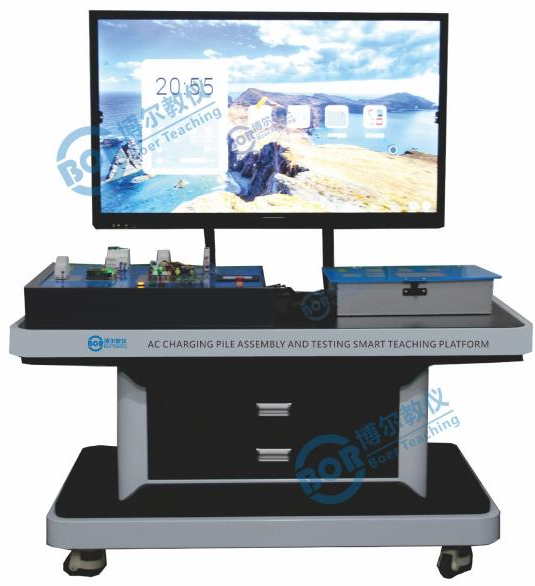- Overview
- Recommended Products
Intelligent cockpit training platform is a core teaching equipment for intelligent connected vehicle technology education, research and development and testing. It integrates cutting-edge technologies such as on-board network communication, artificial intelligence interaction and sensor fusion, providing students with an immersive intelligent cockpit system operation environment.
Hardware Architecture and System Composition Realistic Cockpit Simulation Environment The training platform typically adopts the structure of a real vehicle's cockpit, incorporating physical components such as the main driver's seat, steering wheel, brake/accelerator pedals, and integrating hardware modules including a central control computing platform, in-vehicle display, HUD head-up system, and multimodal sensors (e. g., cameras, microphone arrays, millimeter-wave radar). For instance, the LGWL-HMC01A model training platform is equipped with ultrasonic radar, LiDAR, and ROS operating system, enabling real-time visualization of surrounding vehicle environment data. Modular Design and Interface Expansion The platform supports CAN/LIN/FlexRay/Ethernet and other vehicle network protocols, compatible with OBD power supply and multiple communication interfaces (USB, LVDS, Bluetooth/Wi-Fi/4G). Some high-end models feature reserved 5G expansion interfaces to meet future connected vehicle technology upgrade requirements. Hardware interface parameters include a central control display ≥10 inches with resolution ≥1024*600P, visual sensor FOV ≥30, ensuring high-precision data acquisition and interactive experience. Intelligent Line Control System Through the cockpit line controller connected to the CAN bus, real-time driving and status monitoring are achieved for devices such as seat adjustment, window lifting, and wiper control. For example, the training platform controls seat motors via PWM signals and achieves precise positioning through limit sensors.
